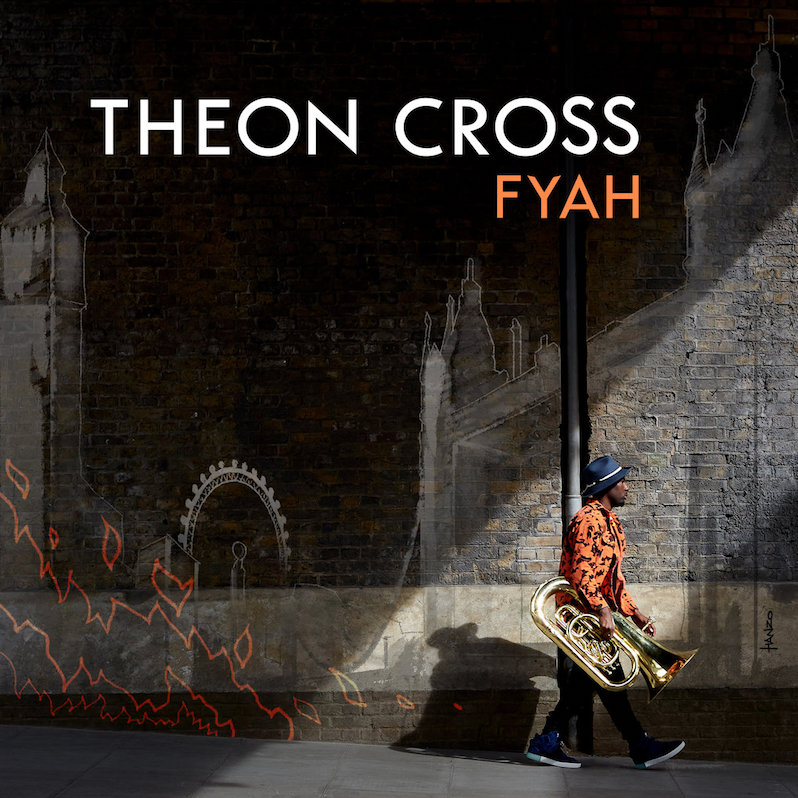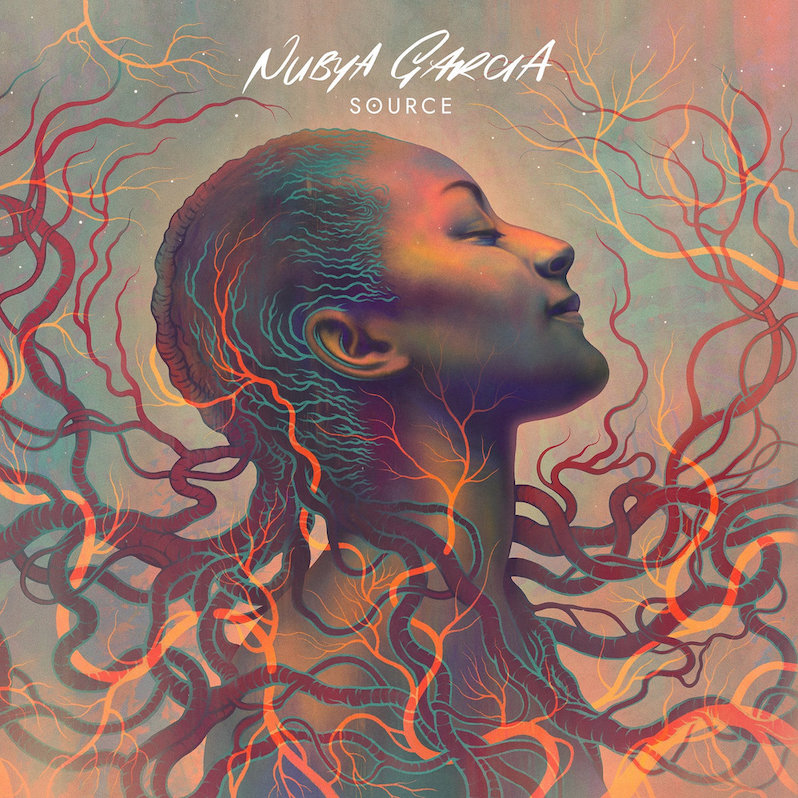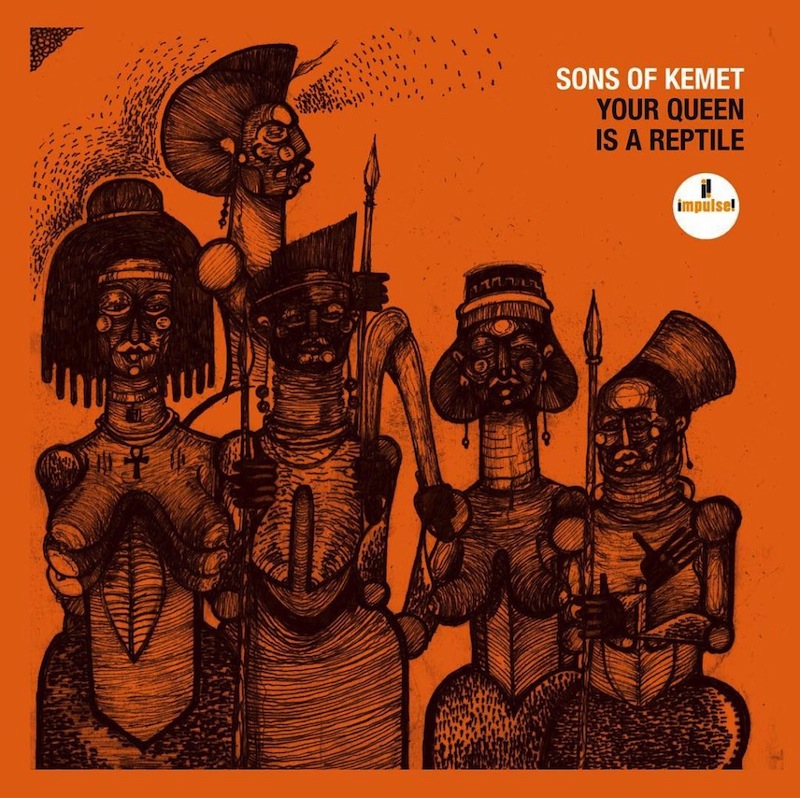DoomCannon – Renaissance

The UK jazz scene is a fertile one. From Kamaal Williams to Sons of Kemet to The Comet Is Coming and more (seriously, this list could go on for a while), the UK has been on a hot streak, producing not only some of the most deeply compelling contemporary jazz records and performers but also its most vibrantly contemporary. See, jazz has always had a problem of the conservative impulse; for a music predicated on living on the bleeding edge of improvisational music making, it can often call into codified approaches and endless retro-gazing self-congratulation. (Granted, it’s a genre with a hell of a lot to be congratulatory about.) This scene in particular, meanwhile, much like Kamasi Washington and Thundercat’s decampment of the genre in the U.S., is as interested in contemporary forms of jazz threaded through hip-hop, R&B, progressive and psychedelic music and electronica as it is in the traditional idioms. There is not just the potency of youth but the present moment as well embedded in these players.
It comes as no great shock, then, that Renaissance, the debut record from keyboardist DoomCannon as bandleader, would immediately delight. He wastes no time in these compositions with establishing a mood, opening with a jazzy and sultry R&B jam that feels destined for bedrooms as much as headphones and hi-fi stereo systems. It’s a testament to the ear of these players that, while absolutely dripping with chops, they remain ever mindful of the intentions of jazz as a form, that being to be playful while still conveying melody and active-tense energy. These pieces feel played, as in like the way a child plays, full of delight and joy and jouissance; there’s never a sense of a phoned-in performance or being so stringently aligned with either the progression underneath them or the formal constraints surrounding them that it becomes practice over play.
Tracks like “Uncovering Truth” and “Amalgamation” show the band playing in odd times, specifically the jazzer’s favorite of 5/4, but notably without a sense of it being contrived or mathematical. Those kinds of moods and approaches to odd times certainly aren’t inherently wrong, but it’s a testament to the strength of these players that it sounds ever and always musical, such that those not inclined to count out the subdivisions of what’s being played wouldn’t necessarily feel that head-spinning sensation that comes from the more technical and progressive wing of the musical landscape. There is even, to briefly dabble in technical language, a dizzying subdivision of what amounts to 6/4 on one of these tracks with a variety of odd groups on the sixteenth-note grid, wild enough numbers to make any drummer salivate. If that sentence doesn’t make sense to you, don’t worry; the overriding sensation of that passage is one of keen melodic interest driven by piano and guitar and abetted by horns, not the mathematical contortions underneath. That kind of balancing act is tremendously difficult, measuring both the muso impulse of profoundly challenging changes and rhythms against an immediate sensation of tunefulness, that what is being played is a song and not a glorified practice regimen, one DoomCannon leads his band through capably with seemingly no effort.
The record, in turn, despite being largely instrumental, is not without a political or social pulse either. The closing diptych of “Black Liberation Prologue” and “Black Liberation” sees its first movement voiced over by a sample of a short speech about the universal struggle for black rights and safety, political agency and social presence, that pervades all of the world. It doesn’t feel pandering or like a cheap addition, either; the sense is more one of a return to the abiding sense of social-mindedness jazz had long known in its heyday, especially once you moved away from the riverboats full of mostly white diners and tourists and the swing clubs featuring white bandleaders leading predominantly black bands for white dance audiences. There isn’t an overwhelming focus on explicitly political matters on Renaissance, but closing on that note, especially with such a meditative second movement following the scored speech of the first, it feels closer to an acknowledgement of continued struggle in the presence of joy. Because, to be clear, that’s what the overwhelming majority of this material is: Black joy.
The tones present here range from neo-soul to math rock, smooth jazz to ferocious fusion, J Dilla and Tony Williams. Records like this remind us of the power of jazz as a living force, one not condemned to the annals of history and its ledgers of influential work by long-dead players. It also works to rescue jazz from the blight, in a manner of speaking, of certain modes of free jazz favored by extreme music fans (be it metal, punk, industrial, or electronic), where the seeming singular method is wild and noisome free improvisation. Renaissance is, like its peers from this current movement within jazz, an image of jazz both unshackled by its history and by the shape it takes for those that are hip but ultimately outside the walls of jazz, but without being denigrating to the value produced by those spaces either. There are certain moments of increasing density on this record that call to mind the sonic density achieved most efficiently by free improvisation artists; likewise, there are restrained formal exercises that demonstrate a clear command of the ballads and steaming bop workouts of the canon.
But, these formal relations aside, the most important element of this record: it’s sexy, something less common in the increasingly intellectual art music sphere of jazz but one that feels like a necessary return. The vast majority of these pieces could be played capably next to the greats of quiet storm and 90s R&B, bridge the gap between Sade and Luther Vandross and Mint Condition as much as being played among Eberhard Weber and Nik Bartsch. It is a testament as well to the power of the scene it emerged from and the musicians it contains, granting us another view at what seems like a near-endless bounty of deeply compelling and profoundly human musical work in the jazz idiom. It’s the kind of record that makes you feel lucky to be here now, perhaps the most important thing a record can do.
Label: Brownswood
Year: 2022
Similar Albums:
Langdon Hickman is listening to progressive rock and death metal. He currently resides in Virginia with his partner and their two pets.




